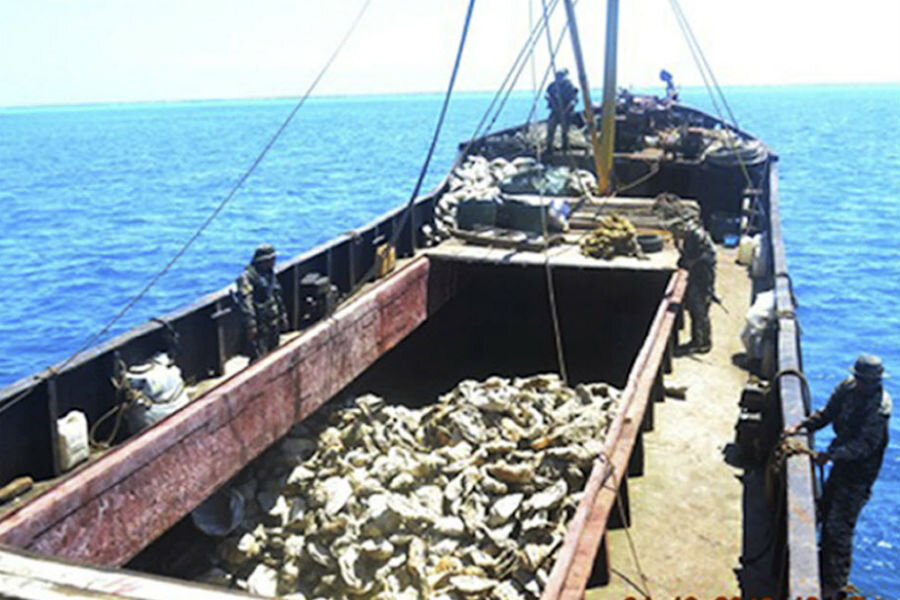Move over, Lao Tzu: Philippines' Puerto Princesa pearl may be world's largest
Loading...
What may be the world's largest known pearl was discovered this week in a highly unlikely location: underneath a fisherman's bed, where it had been hiding for more than ten years.
If verified, the monster pearl, which weighs in at 75 lbs, would replace the 14-lb Pearl of Lao Tzu as the biggest in the world. The new record-holder was first found by relatives of Puerto Princesa city tourism officer Aileen Cynthia Amurao, who said they used it as a good luck charm for more than a decade. Its owner had "almost forgotten everything about the pearl until he was moving out, and he remembered he had something under his bed," Ms. Amurao told CNN.
Both it and the Pearl of Lao Tzu originally hail from giant clams off the coast of the Philippines, making them natural pearls, rather than the more familiar farmed pearls. Giant clams, which can be as long as 4.5 feet, were nearly wiped out several decades ago, but efforts in recent years to restore the population have proven successful.
Though the largest bivalve mollusks were once common throughout Philippine reefs, by the mid-1980s the wild population had been so reduced by excessive hunting that the International Union for Conservation of Nature classified the species as vulnerable.
Roughly twenty years later, the WWF began efforts to save the wild clams through re-seeding programs on dozens of reefs.
"Several species of laboratory-raised giant clams have been re-seeded in over 50 reefs nationwide, significantly bolstering wild stocks and ensuring their survival for at least another generation," WWF project manager Paolo Pagaduan said in a 2008 news release.
Giant clams are vital to the health of reefs, ecologists say: they provide food for other species, serve as a shelter for coral reef fish and other organisms, and otherwise function as "reef builders and shapers," according to a 2015 study published in the journal Biological Conservation.
And, of course, they've given one fisherman with more than a decade's worth of good luck. Now, the pearl will be used as a tourist attraction in Puerto Princesa's city hall, Amurao said in a Facebook post.








